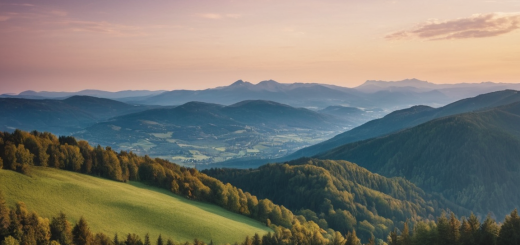Exploring the Depths of the Mariana Trench: Earth’s Final Frontier
Discovering the Mariana Trench
The Mariana Trench is a crescent-shaped scar in the Earth’s crust located in the western Pacific Ocean. It is the deepest part of the world’s oceans, reaching depths of over 36,000 feet. This fascinating underwater canyon is home to some of the most enigmatic creatures and geological formations on the planet. Its depths surpass even the height of Mount Everest, making it a realm of extreme conditions and mysteries yet to be fully understood.
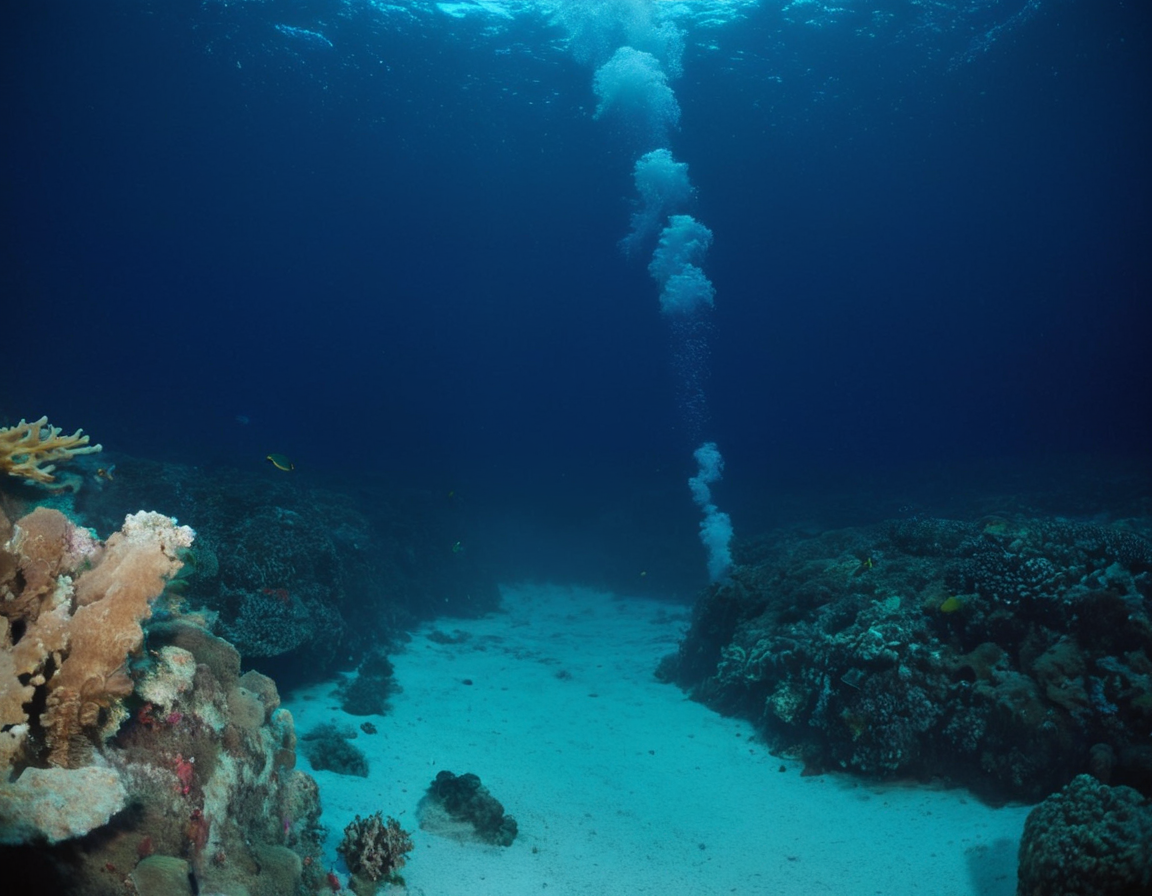
Geological Significance
The trench is more than just a deep sea chasm; it’s a subduction zone where the Pacific Plate is forced beneath the Mariana Plate, leading to powerful tectonic activity. This process not only shapes the seabed but also triggers earthquakes and volcanic eruptions. Studying the Mariana Trench provides valuable insights into these geological processes and helps scientists understand the Earth’s internal mechanisms.
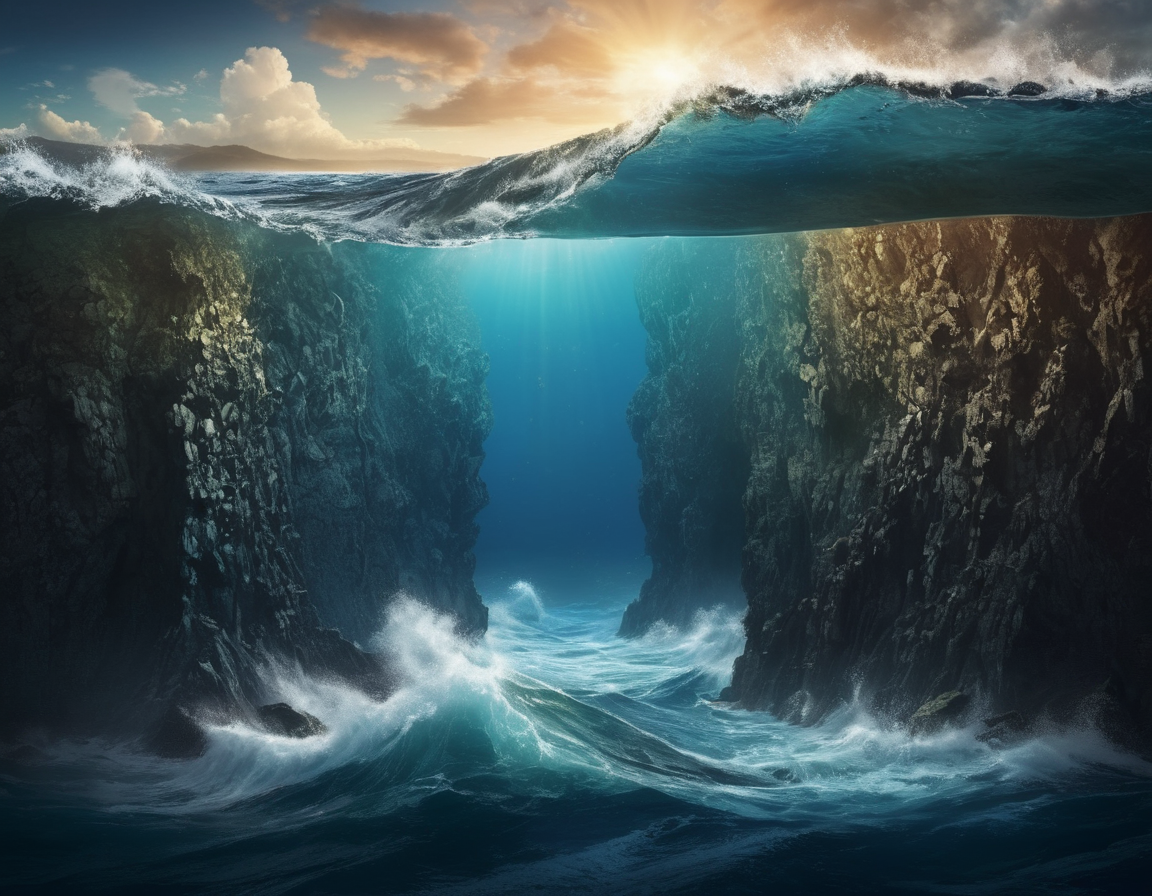
Unique Ecosystem
Despite the extreme pressures, lack of light, and cold temperatures, the Mariana Trench hosts a diverse array of life forms. Many species found here, like the snailfish and certain types of shrimp, are specially adapted to survive in this harsh environment. These adaptations provide compelling examples of how life can thrive under some of the most challenging conditions.
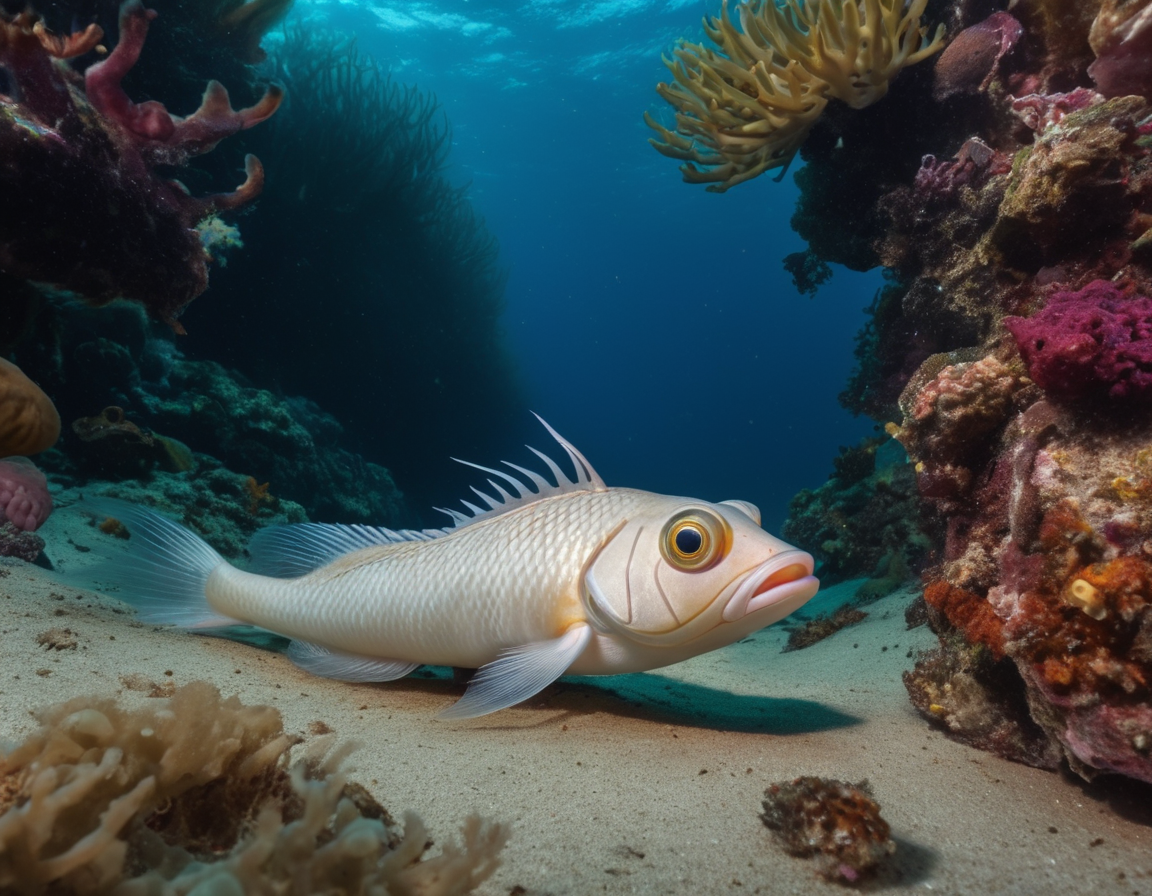
Historical Expeditions
The first manned descent into the Mariana Trench was made by the bathyscaphe Trieste, which reached the bottom of the Challenger Deep—the trench’s deepest point—in 1960. More recently, film director James Cameron made a solo descent in 2012, and Victor Vescovo reached a new record depth during his 2019 mission. These expeditions have contributed significantly to our understanding of the trench’s geology and biology.
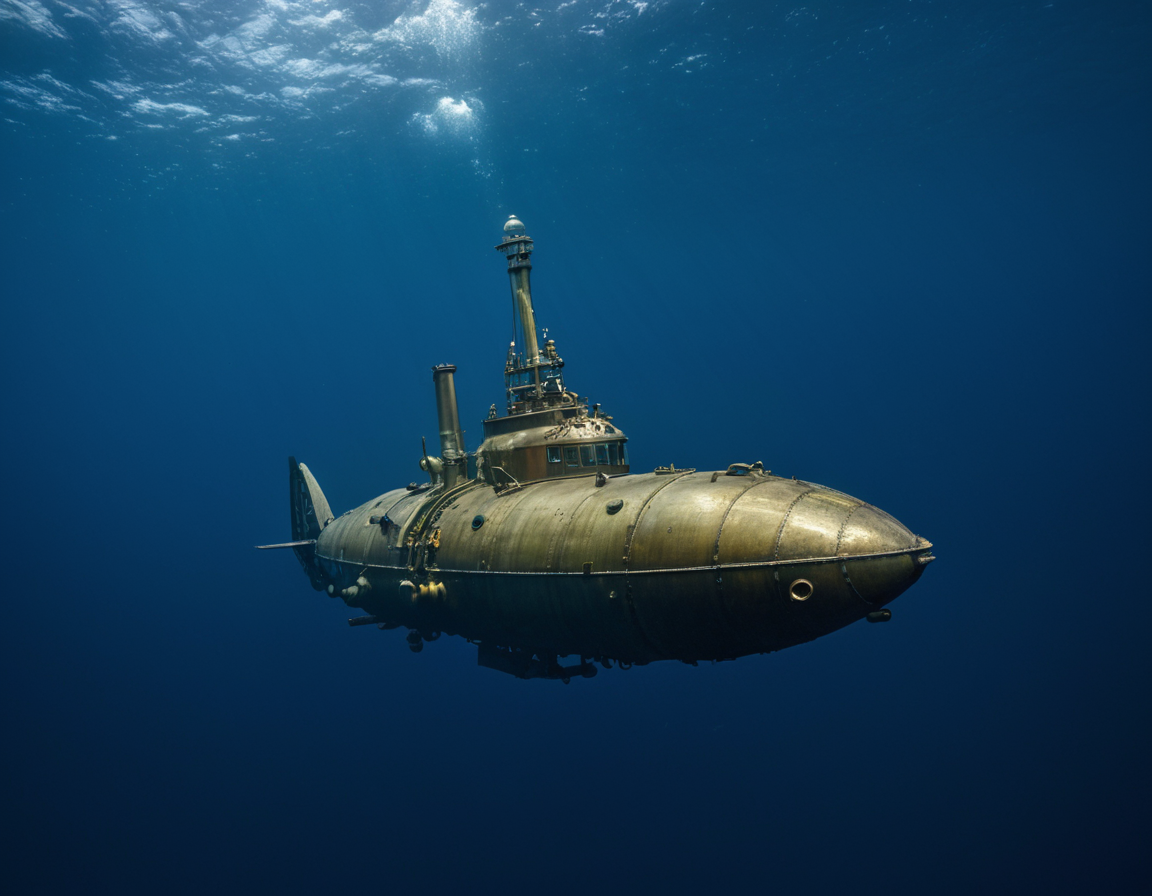
The Future of Exploration
With advances in technology, future explorations will likely unveil more secrets of the Mariana Trench. Autonomous underwater vehicles and better materials for submersibles will open up new possibilities for research and perhaps even resource extraction. As we continue to explore, we must also consider the conservation of this unique environment, balancing our curiosity with the responsibility to protect our planet’s natural wonders..

Join the conversation and explore the depths of our planet’s history! Have you ever wondered what lies beneath the surface of the ocean? Share your thoughts in the comments below.



